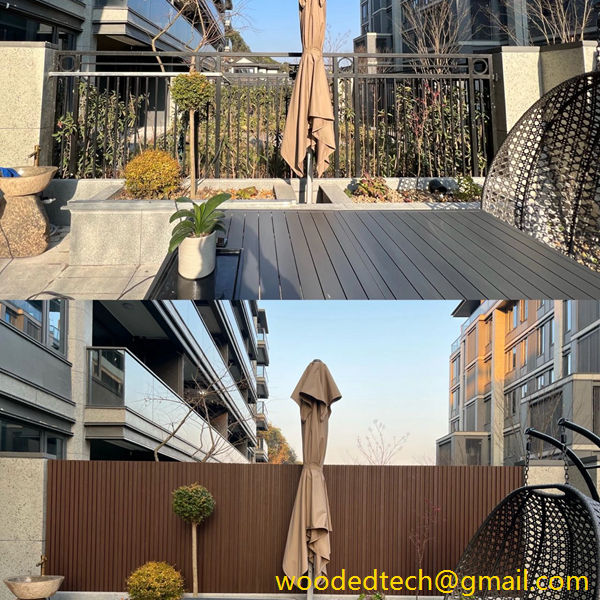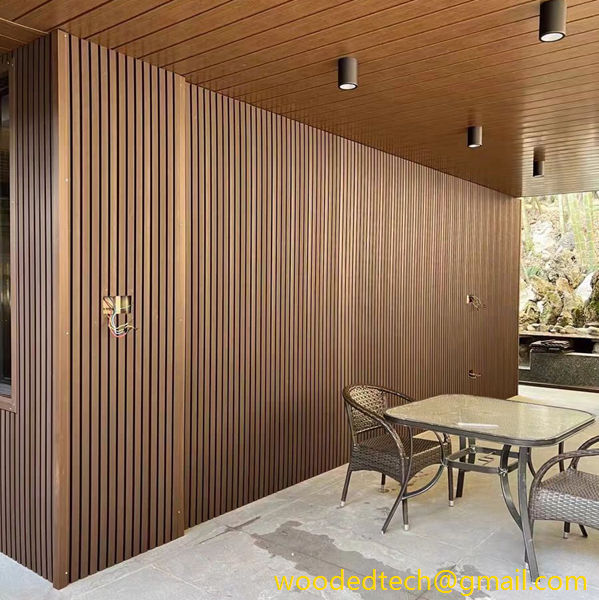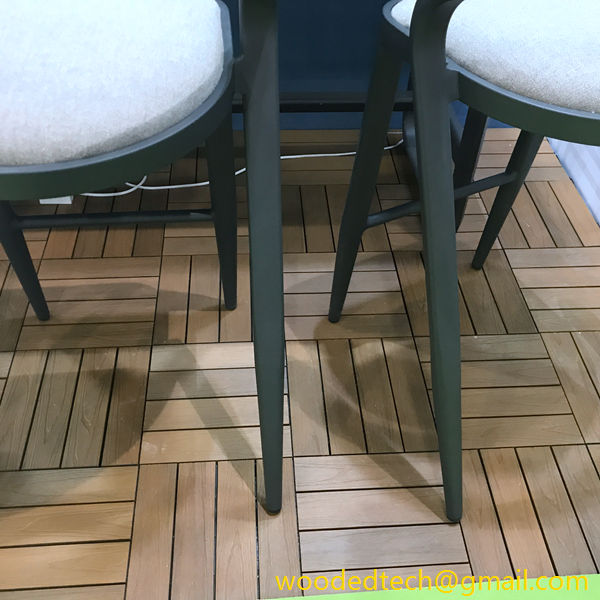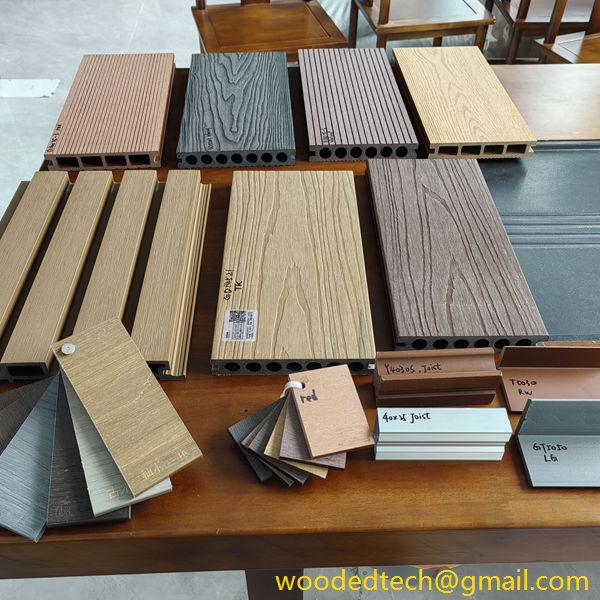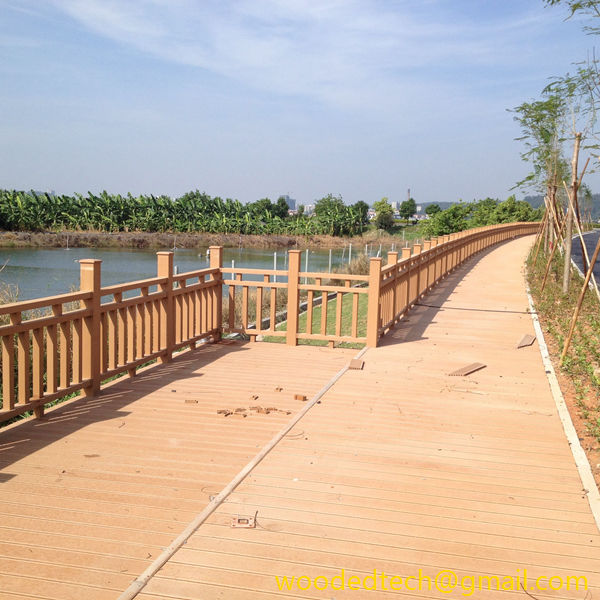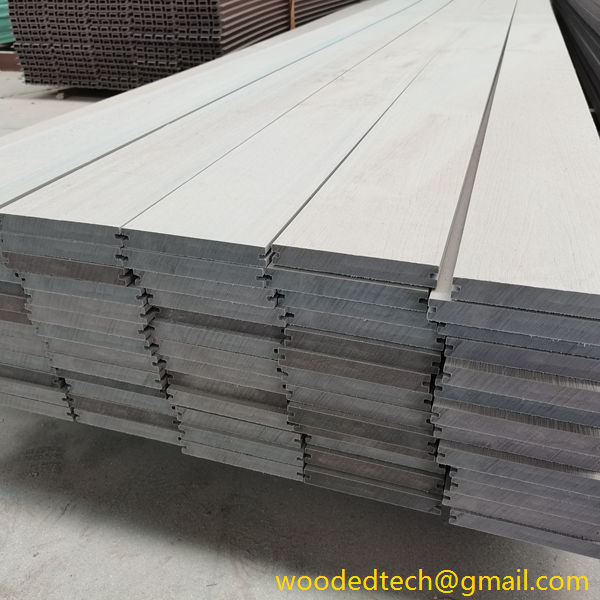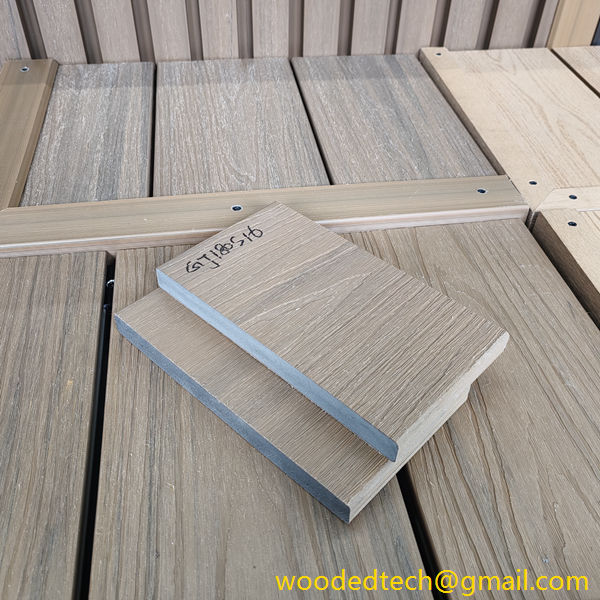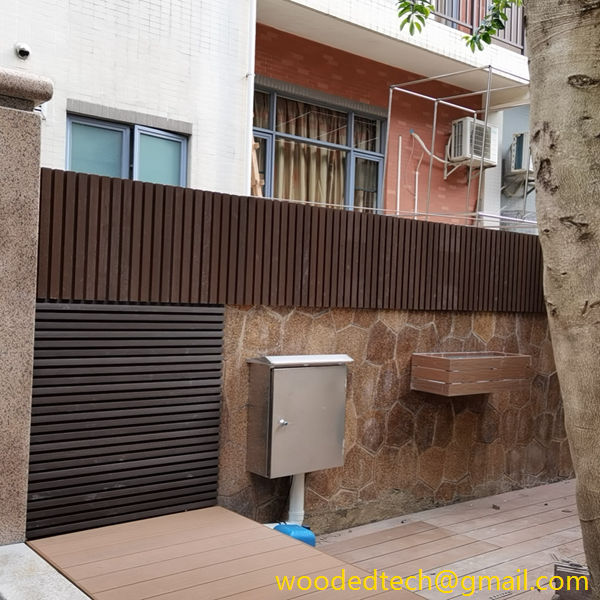Evaluating WPC Wall Cladding Price for Budgeting
Evaluating WPC Wall Cladding Price for Budgeting The construction and interior design industries have witnessed a remarkable transformation in recent years, primarily due to the growing demand for sustainable materials and innovative design solutions. One such material that has gained immense popularity is Wood Plastic Composite (WPC) wall cladding. This composite material, made from a…
Evaluating WPC Wall Cladding Price for Budgeting
The construction and interior design industries have witnessed a remarkable transformation in recent years, primarily due to the growing demand for sustainable materials and innovative design solutions. One such material that has gained immense popularity is Wood Plastic Composite (WPC) wall cladding. This composite material, made from a blend of wood fibers and plastic, offers a perfect combination of aesthetics, durability, and environmental sustainability. As the market for WPC wall cladding continues to boom, understanding its pricing structure becomes essential for homeowners, builders, and designers alike.
WPC wall cladding is celebrated for its versatility. It can be used in various applications, from residential homes to commercial buildings, enhancing both interior and exterior spaces. The appeal of WPC lies not only in its wood-like appearance but also in its resistance to moisture, rot, and pests, making it a practical choice for different climates and environments. However, before investing in WPC wall cladding, it is vital to evaluate the associated costs and how they fit into your overall budgeting.
Several factors influence the price of WPC wall cladding, and understanding these elements can help you make informed decisions. Firstly, the quality of the material significantly impacts the price. Higher-quality WPC products often contain a greater percentage of wood fibers, resulting in improved durability and aesthetics. While these premium options may come with a higher upfront cost, they can offer better long-term value due to lower maintenance requirements and extended lifespan. Therefore, when budgeting for WPC wall cladding, consider the quality of the material as a crucial factor.
Another important aspect to consider is the manufacturer or brand. The WPC market has numerous suppliers, and prices can vary significantly between brands. Established manufacturers with a reputation for high-quality products may charge more due to their investment in research, development, and quality assurance. On the other hand, lesser-known brands may offer lower prices, but it is essential to assess the quality and performance of their products before making a purchase. Researching reviews and seeking recommendations from industry professionals can help you identify reliable suppliers.
In addition to material quality and brand reputation, the type of WPC wall cladding you choose can affect the overall cost. There are various styles and finishes available in the market, including textured, smooth, and colored options. Customization options, such as unique colors or designs, can also increase the price. While it may be tempting to opt for a less expensive option, it is essential to balance aesthetics with durability and maintenance requirements. A lower-priced product may require more frequent replacement or repair, ultimately costing more in the long run.
Installation costs are another critical consideration when budgeting for WPC wall cladding. While some homeowners may be inclined to take on the installation as a DIY project to save costs, it is essential to recognize that proper installation is key to the material’s performance and longevity. Hiring a professional installer may incur additional expenses, but their expertise can ensure that the cladding is applied correctly, minimizing potential issues and maximizing the material’s lifespan. When budgeting, factor in both the material and installation costs to develop a comprehensive understanding of the total investment required.
Another factor that can influence the price is the location of the project. Shipping and transportation costs can vary depending on the distance from the manufacturer to the installation site. Additionally, regional market conditions can affect pricing. In areas where WPC wall cladding is in high demand, prices may be higher than in regions where it is less common. Therefore, it is wise to research local suppliers and compare prices to get the best deal while ensuring quality.
Furthermore, understanding the long-term value of WPC wall cladding can also influence your budget. While the initial investment may seem higher than traditional materials like wood or vinyl, WPC’s durability can lead to significant savings over time. Its resistance to fading, warping, and decay means that maintenance costs are typically lower, and the need for replacement is often less frequent. Therefore, when evaluating WPC wall cladding prices, it is essential to consider the long-term benefits and potential savings it can provide.
In conclusion, the booming market for WPC wall cladding offers a plethora of options for homeowners and builders alike. Evaluating the price of WPC wall cladding is a multifaceted process that requires careful consideration of several factors, including material quality, brand reputation, style, installation costs, and regional market conditions. By taking the time to research and compare options, you can make informed decisions that align with your budget while ensuring you invest in a product that meets your aesthetic and functional needs.
Ultimately, WPC wall cladding presents an excellent opportunity for those seeking a sustainable and stylish solution for their building projects. As the market continues to expand, staying informed about pricing trends and product options will empower you to maximize your investment and enjoy the many benefits that WPC wall cladding has to offer. Whether you are renovating your home or embarking on a new construction project, understanding the nuances of WPC wall cladding pricing will be instrumental in achieving your desired outcome while staying within budget.

